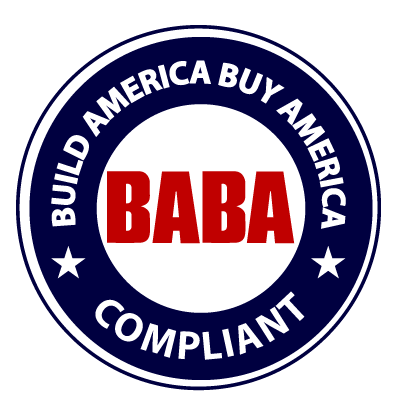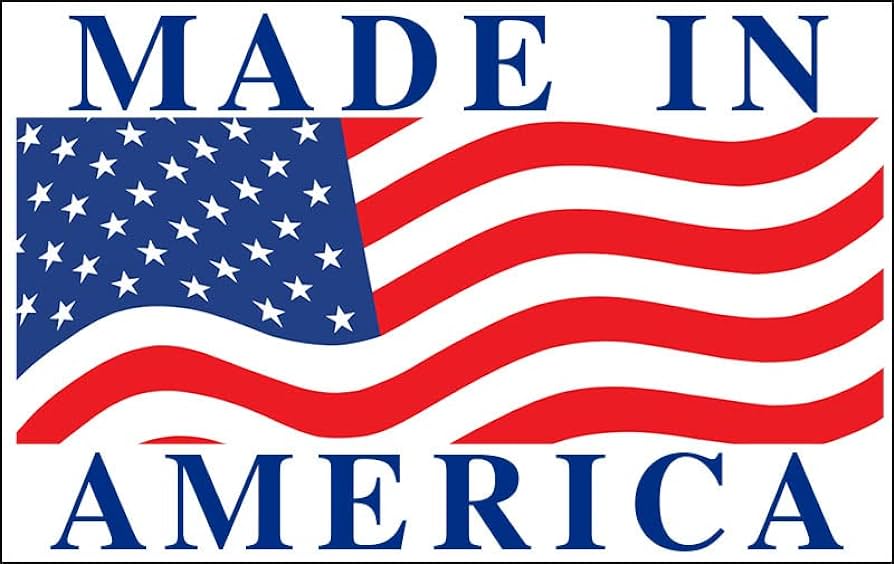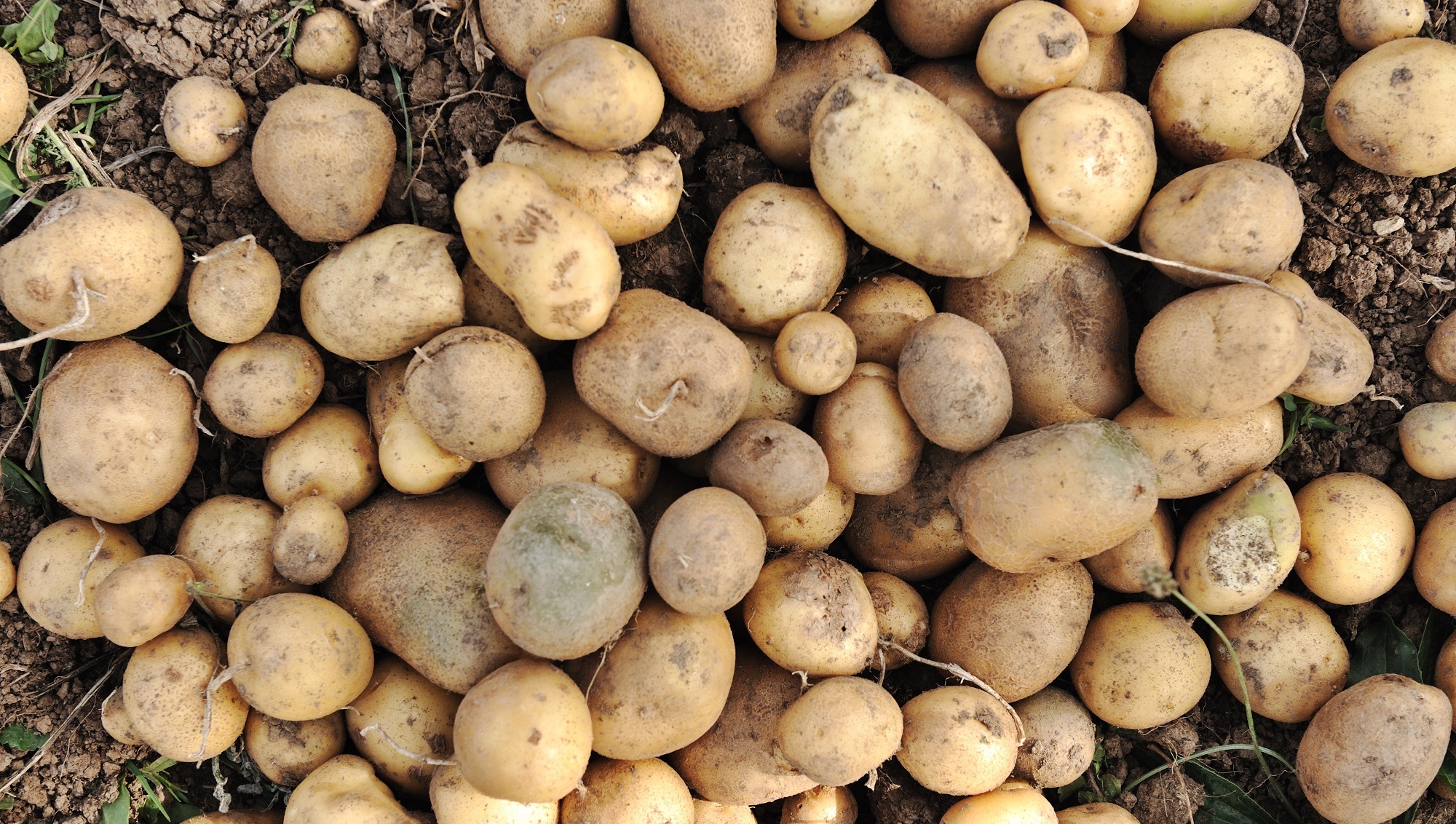Contact Us Today
Potato Processing Wastewater Treatment
Potatoes are a popular food throughout the United States. These starchy vegetables are processed in plants to make numerous types of food, meaning a significant amount of water is used throughout the process. Potato processing facilities must invest in effective wastewater treatment systems to ensure they follow regulations and properly treat wastewater.
Applications
A potato processing plant might make several unique products, and each of those processes produces waste. Some of the most common types of products made at these factories include:
- Frozen fries
- Dehydrated diced potatoes
- Potato starch
- Canned potatoes
- Potato chips
- Pre-peeled potatoes
- Potato flakes
- Dehydrated mashed potatoes
- Potato flour
- Frozen potato-based foods
Potato processing facilities may produce many of these items simultaneously. Regardless of the number of foods being made, the plant creates wastewater with contaminants that the potato product manufacturers must remove before the water is released or reused.
Contaminants
The contaminants present in wastewater from potato processing plants can vary based on the items produced and the processes used. Some of the most common contaminants in potato wastewater are:
- Proteins
- Caustics
- Cleaning chemicals
- Sand
- Fat
- Starch
- Silt
- Dirt
- Preservation chemicals
These contaminants fall into a few categories, such as chemical oxygen demand, volatile suspended solids and total suspended solids.
Processes
Potatoes undergo several production phases to become other consumable products like fries or potato flakes. These processes include:
- Storage
- Washing
- Peeling
- Blanching
- Slicing
- Trimming
- Cooking
- Drying
Cleaning potatoes is one of the most water-intensive processes in the potato industry, resulting in a significant amount of wastewater. However, other processes can also generate water. Peeling, dicing and cutting release starch, which must be rinsed before the products are ready for further processing. Rinsing results in starch-loaded wastewater.
Potato Processing Industry Wastewater Systems
SSI Aeration, Inc. has many wastewater systems that can be added to an existing system or used to replace one. The wastewater processing systems available include:
- Moving bed biofilm reactors (MBBRs): MBBR systems help save energy to reduce overall costs. They also fit into small reactors and are easy for operators to use, providing high-quality wastewater treatment.
- Disc diffusers: Disc diffusers are most commonly used during the aeration portion of wastewater treatment. SSI Aeration, Inc. offers several types, including fine bubble, coarse bubble, ECD and PODs™ diffusers.
- PTFE membranes: SSI Aeration, Inc. provides multilayer PTFE membranes used across many industries because of their high performance. These products have a substrate made from EDPM and a surface layer of PTFE.
- Tube diffusers: Tube diffusers are another option for potato processing plants. SSI Aeration, Inc. has fine bubble, Snappy Saddle™, ECT and nipple-type diffusers.
SSI Aeration, Inc. aims to provide high-quality options for many industries to ensure wastewater is handled correctly.
Potato Manufacturers Can Trust SSI Aeration, Inc.
Potato processing plants will benefit from wastewater treatment systems from SSI Aeration, Inc. Choose a solution from several options, ranging from MBBR systems to PTFR membranes to add-on diffusers. Trust the SSI Aeration, Inc. team to find the right products for potato processing facilities.
Contact customer support or call 845-454-8171 to get started today!
Contact Us
Advantages and Disadvantages of MBBR Wastewater Treatment
Table Of Contents WHAT IS MBBR WASTEWATER TREATMENT? HOW DOES MBBR WASTEWATER TREATMENT WORK? ADVANTAGES OF MBBR WASTEWATER TREATMENT DISADVANTAGES OF MBBR WASTEWATER TREATMENT INDUSTRIES THAT WOULD BENEFIT […]
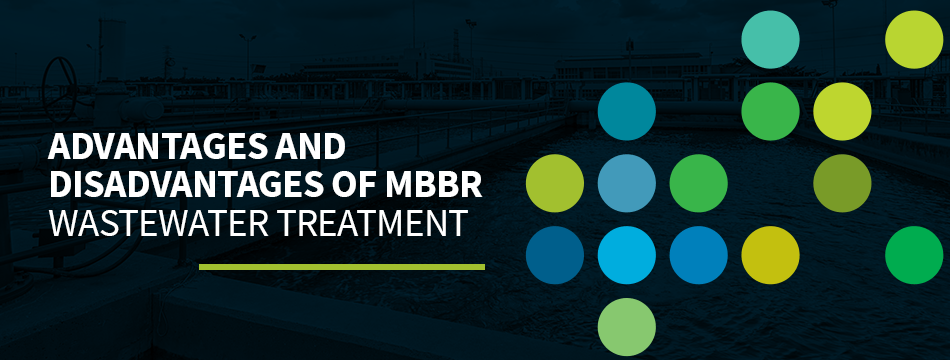
EPDM vs. PTFE Membranes
Table Of Contents What Are EPDM Membranes? What Are PTFE Membranes? Choosing the Right Membranes for Your Application Contact SSI Aeration for World-Class EPDM and PTFE Membranes Many wastewater […]
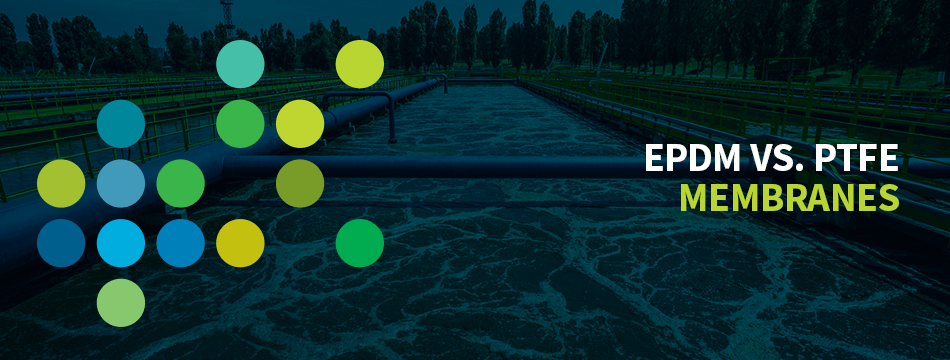
A Comparison Of 5 Wastewater Aeration Systems & Processes
Table Of Contents WHAT IS ASP AERATION? HOW DOES ASP WORK? PROS AND CONS OF ASP WHAT IS SBR AERATION? HOW DOES SBR WORK? PROS AND CONS OF […]

Disc Diffusers vs. Tube Diffusers
Table Of Contents WHAT IS THE DIFFERENCE BETWEEN DISC DIFFUSERS AND TUBE DIFFUSERS? Pros of Disc Diffusers Cons of Disc Diffusers Pros of Tube Diffusers Cons of Tube Diffusers […]


